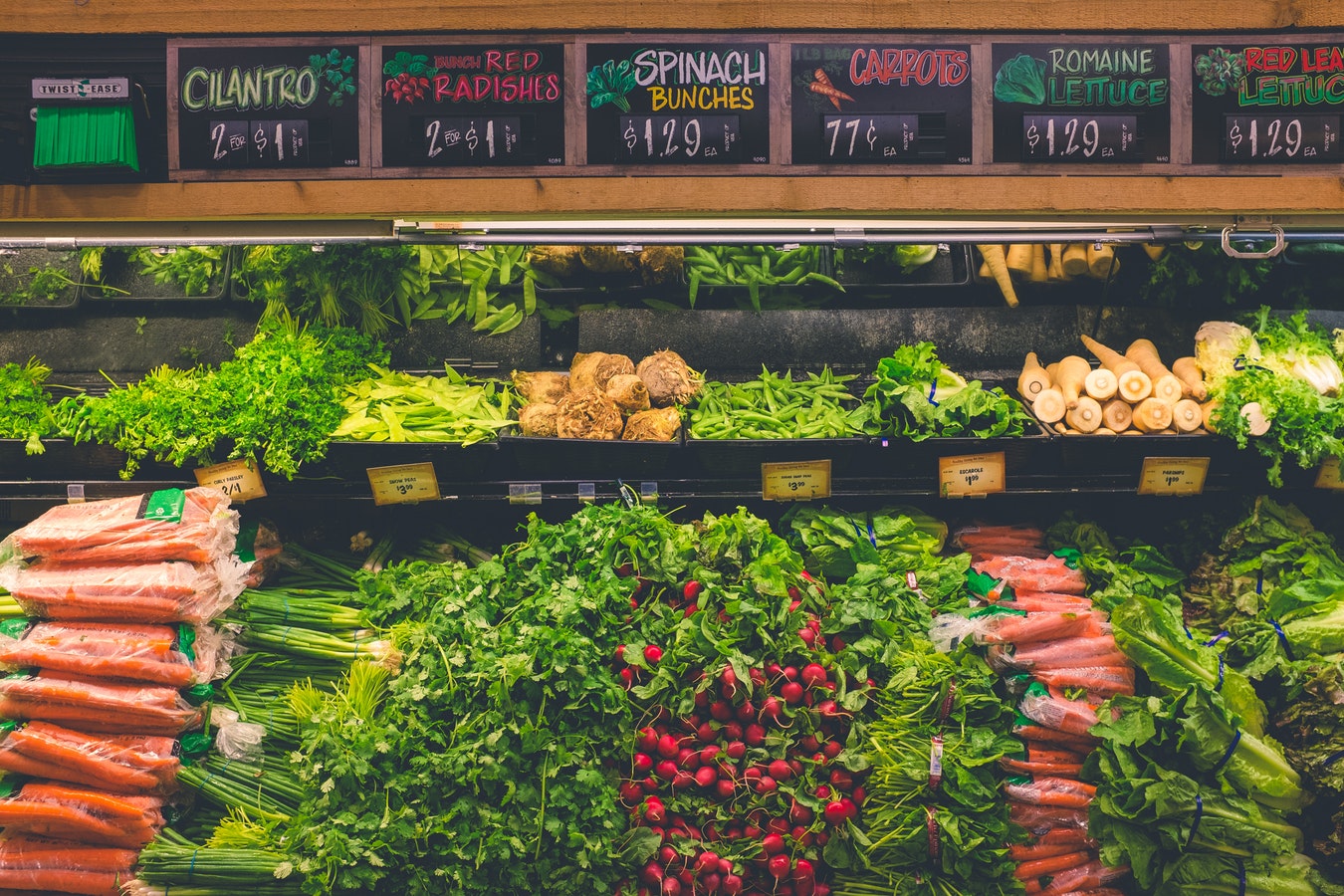
Fiber: the optimal intake for keeping your bathroom schedule regular ;)
Hey Everyone! I often get questions about fiber intake needs. Below should help clarify what is needed and what is optimal 🙂
Dietary Fiber Recommendations
There’s no globally accepted optimal intake for fiber, but we do have some recommendations from reputable organizations. The Institute of Medicine recommends 38g for men and 25g for women, while the American Dietetic Association recommends an intake of 20 to 35 g, and the American Heart Association recommends 25 to 30 g daily. Sometimes the recommended intake also varies by age (both children and the elderly consume less fiber) or total calories consumed (the higher the calories, the higher the fiber intake). In general, despite everyone recommending slightly different values, it points to somewhere around 20 to 40g. It’s likely that you can consume more than 40g without any issues, as long as it comes mainly from whole food sources, and that the intake isn’t excessive. I’d consider 60-80g the likely limit, assuming you have a medium to high caloric and carb intake (it’s probably difficult do without it anyway), you don’t feel any negative effects, and you have built up to such a high intake overtime. Since fiber absorbs water, beverage intake should be increased as fiber increases as well. As usual and typical of the fitness community, people obsess with a very specific fiber value. But there’s no need to to obsess on an irrelevant detail, just make sure you end up in the ranges mentioned and you’re good to go.
The average adult only eats 12–18 grams of fiber per day, which is lower than desired. If your intake is much lower than recommended, it could be a bad idea to immediately increase it. Abdominal discomfort, bloating, gas, and altered stool output are commonly reported if you increase it too fast. Slowly get your body accustomed to a higher fiber intake. For example, if you are currently eating around 10g and you plan to start hitting 40, focus on hitting 15-20 first, and slowly build your way up.
A lot of people have troubles increasing their fiber intake once they realize it’s too low. More vegetables and legumes is obviously the main and preferred route, but in my experience people often overlook fruit. It has a decent amount of fiber with not too many calories, and it’s normally easy for people to consume a greater amount of it since fruit is naturally sweet and enjoyable, as opposed to veggies, which in many cases are only consumed because they have to be. Whole grains are also a good option, and nuts have some fiber too if you can afford the extra calories. Another option is fiber bars or fiber-rich cereals, but like as previously mentioned, that option has its own set of problems, so try to avoid it and keep it in moderation. In order to have all the benefits of every type of fiber, it’s recommended that your fiber intake be composed of several sources.






No Comments